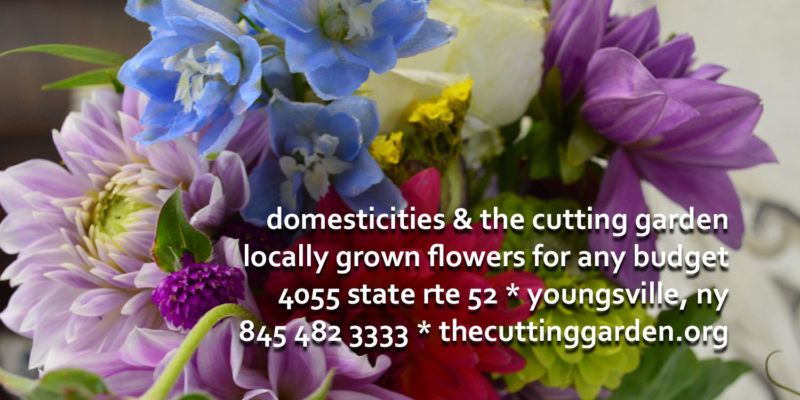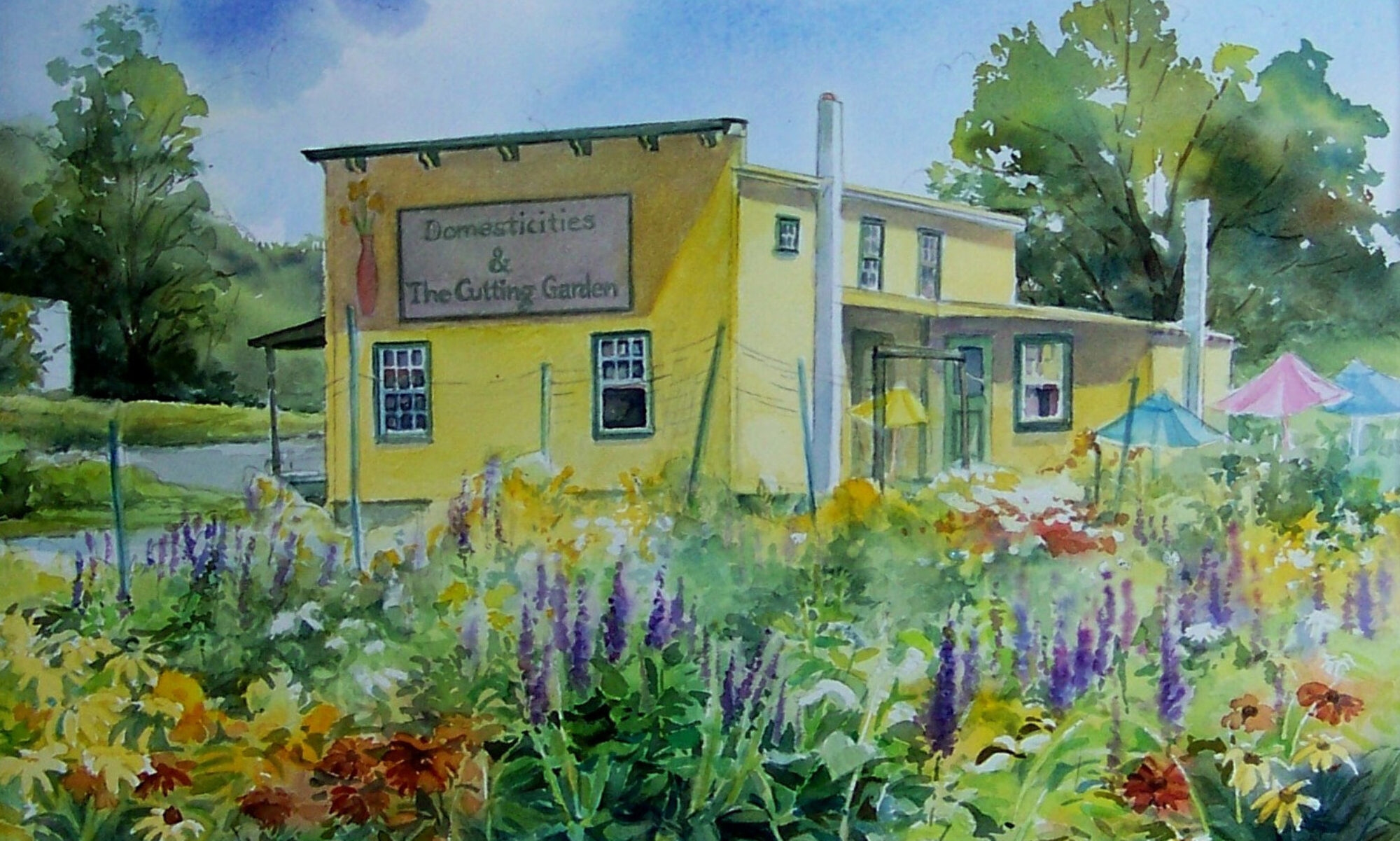
The region boasts many talented floral designers and florists who work creatively and diligently to make your wedding flowers stand out. There is another option for those of you who take a hands-on approach and/or have a strict budget. You can grow, pick and arrange your own wedding flowers, or choose some combination of the above.
If you are a gardener, your seed and bulb orders for the annuals should be completed soon. Pick varieties that will be in bloom at the time of your wedding and make sure to start the seeds at the right time. There are many easy to grow annuals that will provide gorgeous flowers; take care to select for color, height and number of days till bloom. If you have perennial gardens, note when those plants are in bloom and incorporate them or their foliage into your plan. If you don’t have a garden, you may have a gardening friend or two who would be honored to grow flowers as their wedding present to you.
Picking flowers is the easy part. Whether you pick in your own garden, a friend’s garden, or at a Pick Your Own Garden or Farm, this simple advice will help you to select the freshest, most beautiful flowers available and keep them that way.
Pick early or late in the day: The best time to pick flowers is early in the day when their stems are full of water and their sugar content is higher. Second best time is early evening.
Select for freshness: Flowers such as peonies and roses should be picked when the bud is just beginning to open and is starting to show color. Spiked flowers such as foxglove or gladiolus should be picked when the bottom three or four buds are in bloom. Delphinium and lupin should be picked when most of the spike is in bloom. Flowers such as zinnias, daisies, sunflowers and dahlias should be picked when they are fully open, but before they develop any pollen (a circle of yellow).
Use a clean bucket and sharp, clean flower shears: Cut the stem cleanly and at an angle so that there is more area for water uptake. Don’t mash the stem as you would if picking by hand, you will damage the stem and it will not be able to take up water. Place directly into a bucket filled with warm but never hot water, minimizing the possibility of air pockets in the stem. It is best to strip the bottom leaves before placing the flower into the bucket. Dirt can get into the water, blocking the stems and bacteria can begin to grow.
Bring friends and family: The time you or your friends and family spend picking and arranging flowers becomes an event within the entire wedding experience. Members of the wedding party and friends will spend time together catching up or getting to know each other as they work their way through the garden.
Look around the yard: Garden foliage such as ivy, fern, and hosta can add depth and interest to your arrangements. Look for wildflowers such as Queen Anne’s lace to help provide filler. Avoid plants such as ragweed which aggravate allergies.
Let the flowers “rest” a while before arranging: Store in a cool, dark place for several hours or overnight to help “condition” the flowers. Re-cut the stems, remove any remaining leaves that will be below water level and place in a clean bucket with fresh warm but not hot water. Some flowers need special treatment. If they have a soft stem and a heavy flower head, such as a tulip, wrap loosely in paper to prevent drooping. Woody stems should have an additional vertical cut to aid in water uptake. We don’t advocate the use of any floral preservative because the flowers are truly fresh and the use of clean water, vases and shears will ensure their freshness throughout the event. Treat the flowers as you would your most delicate guest – keep them well watered, shaded and cool.
Many brides are lucky to have friends or family who are accomplished flower arrangers and who gladly volunteer to help. While making wedding plans, include a plan for the number of arrangements you want and where they will be placed. Is there something special at your venue that will be made even more so with flowers? Make sure that you have vases, ribbon, and other supplies on hand. Vases should be clean, and there should be ample working space. Consider how the arrangements will be transported. Plan well in advance, be flexible and enjoy the added participation of family and friends.
